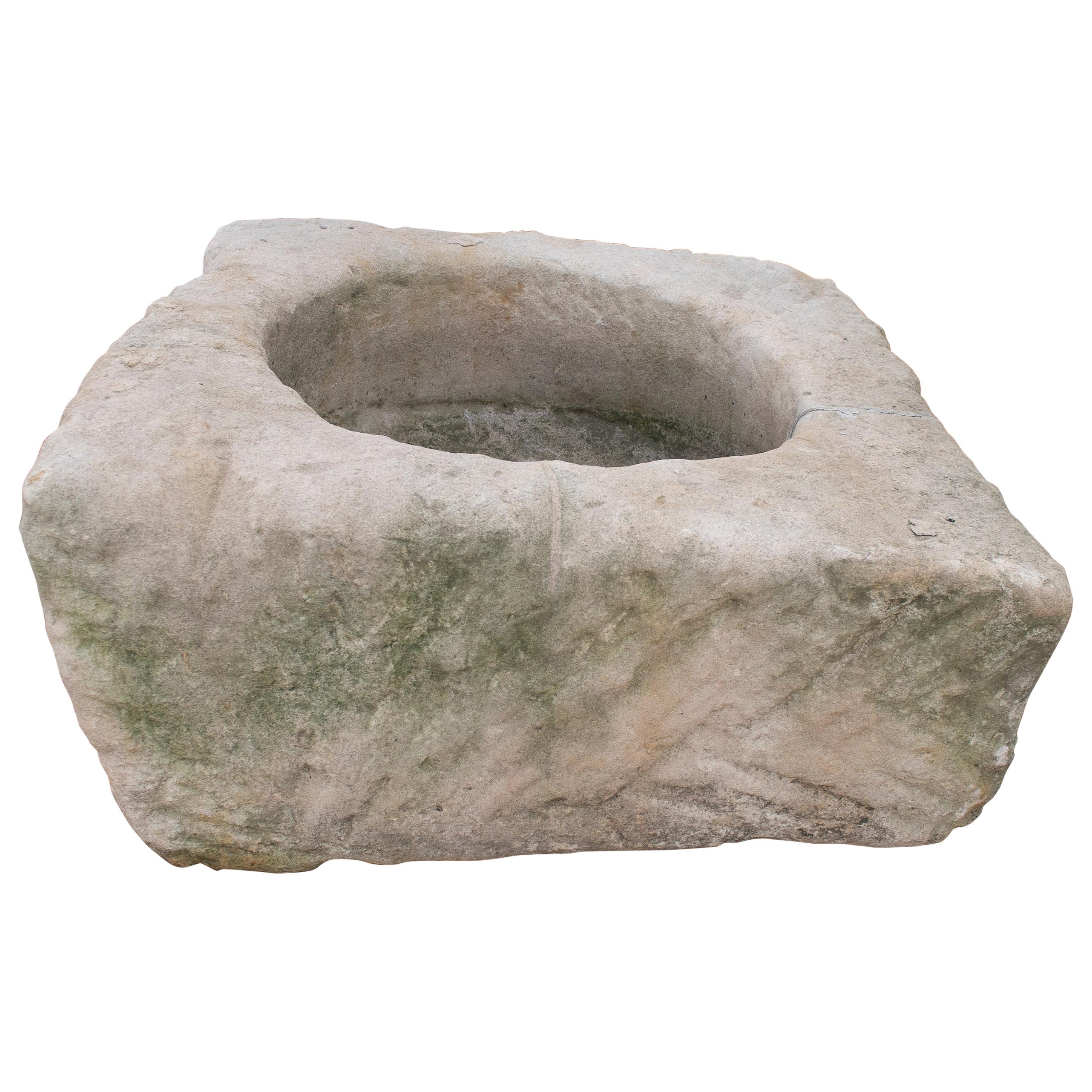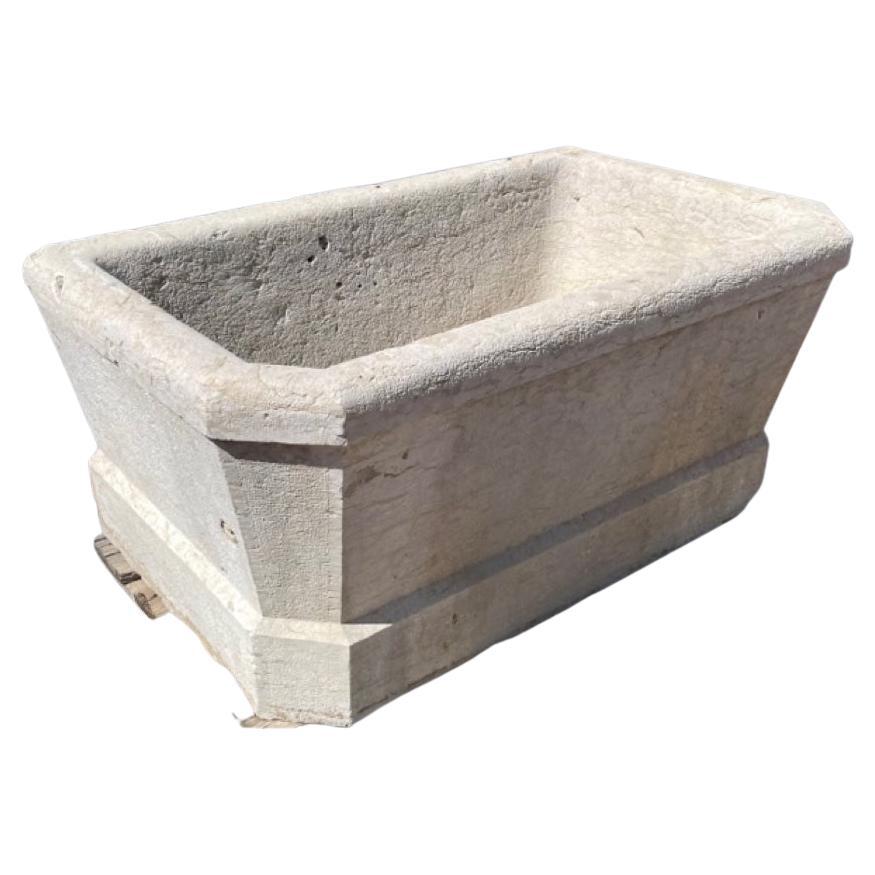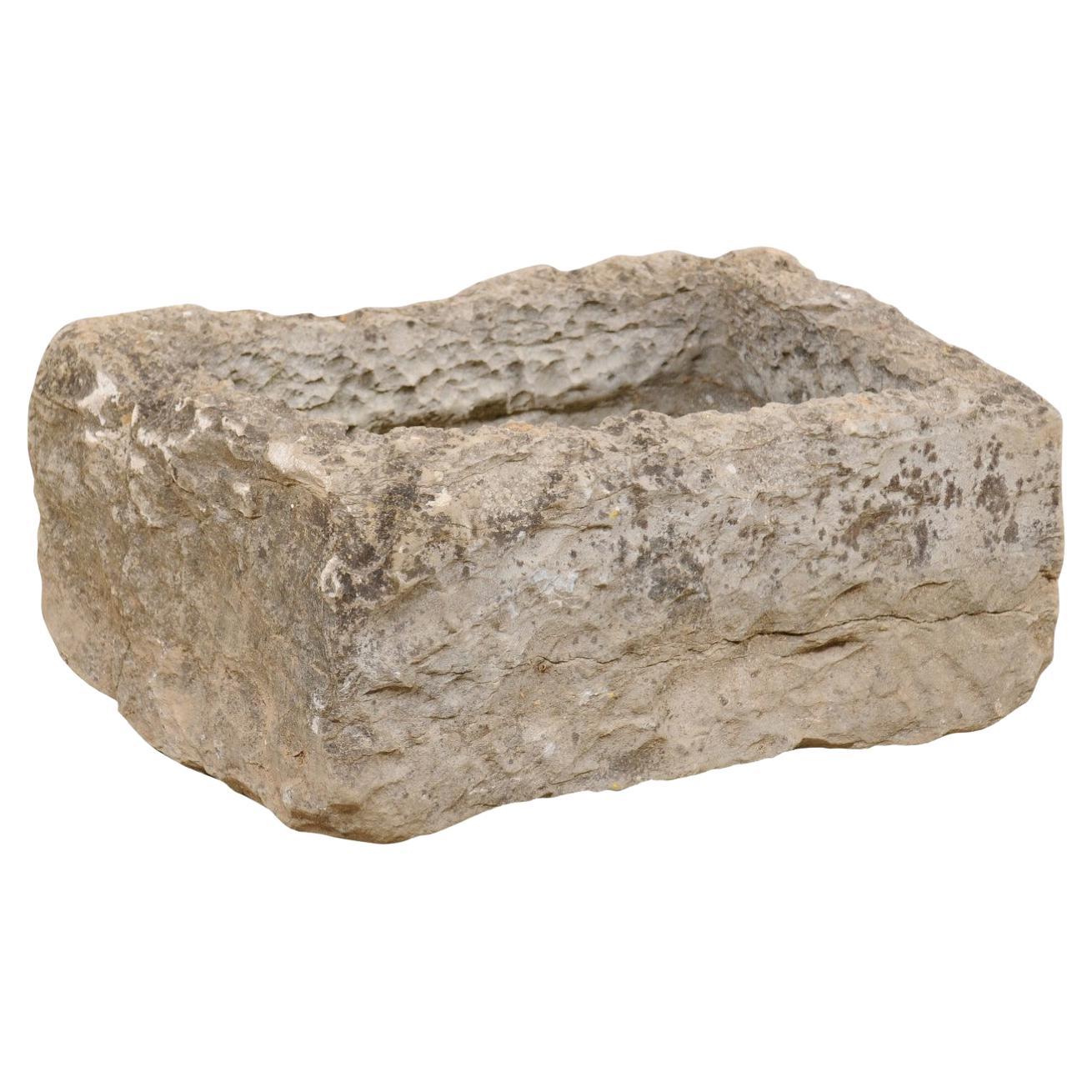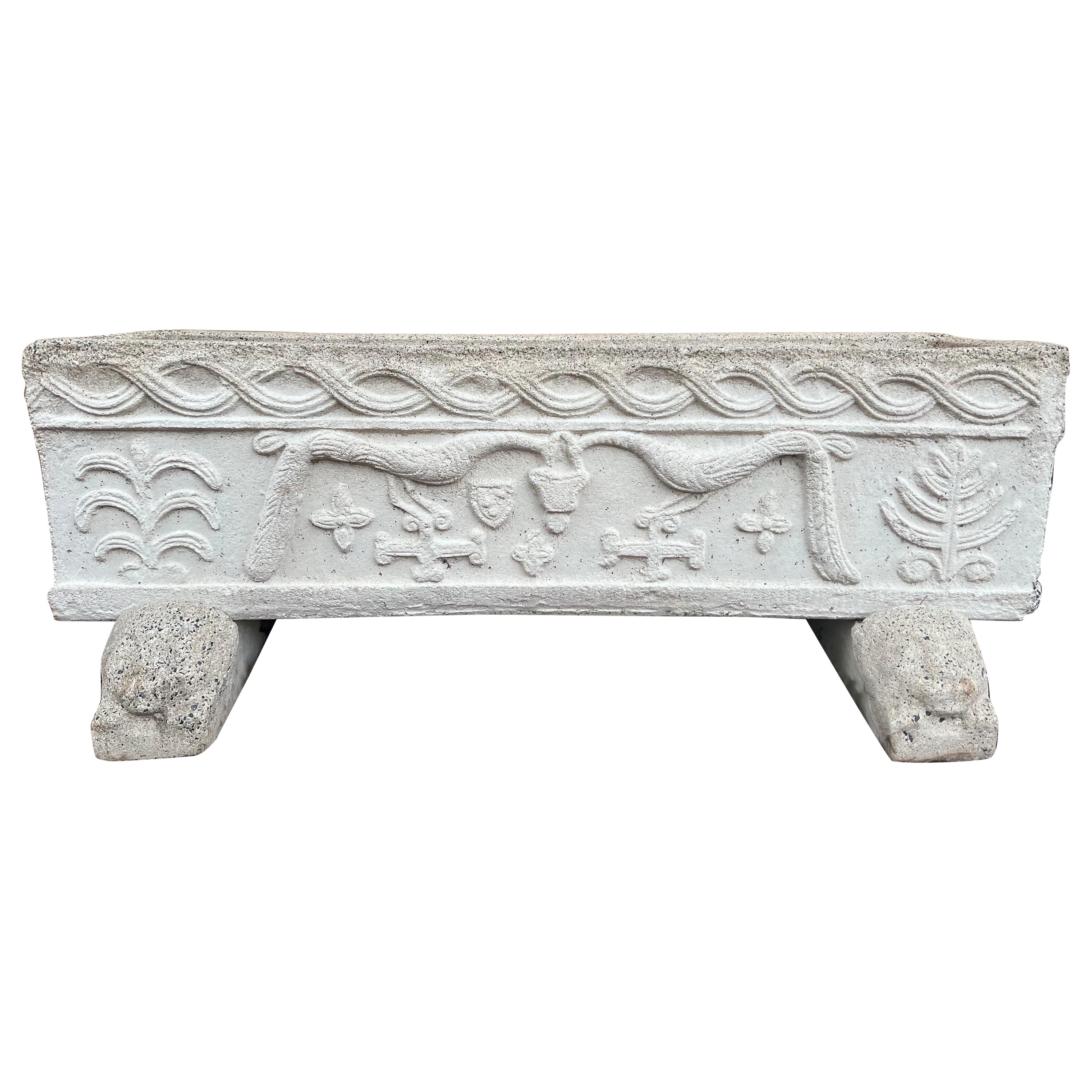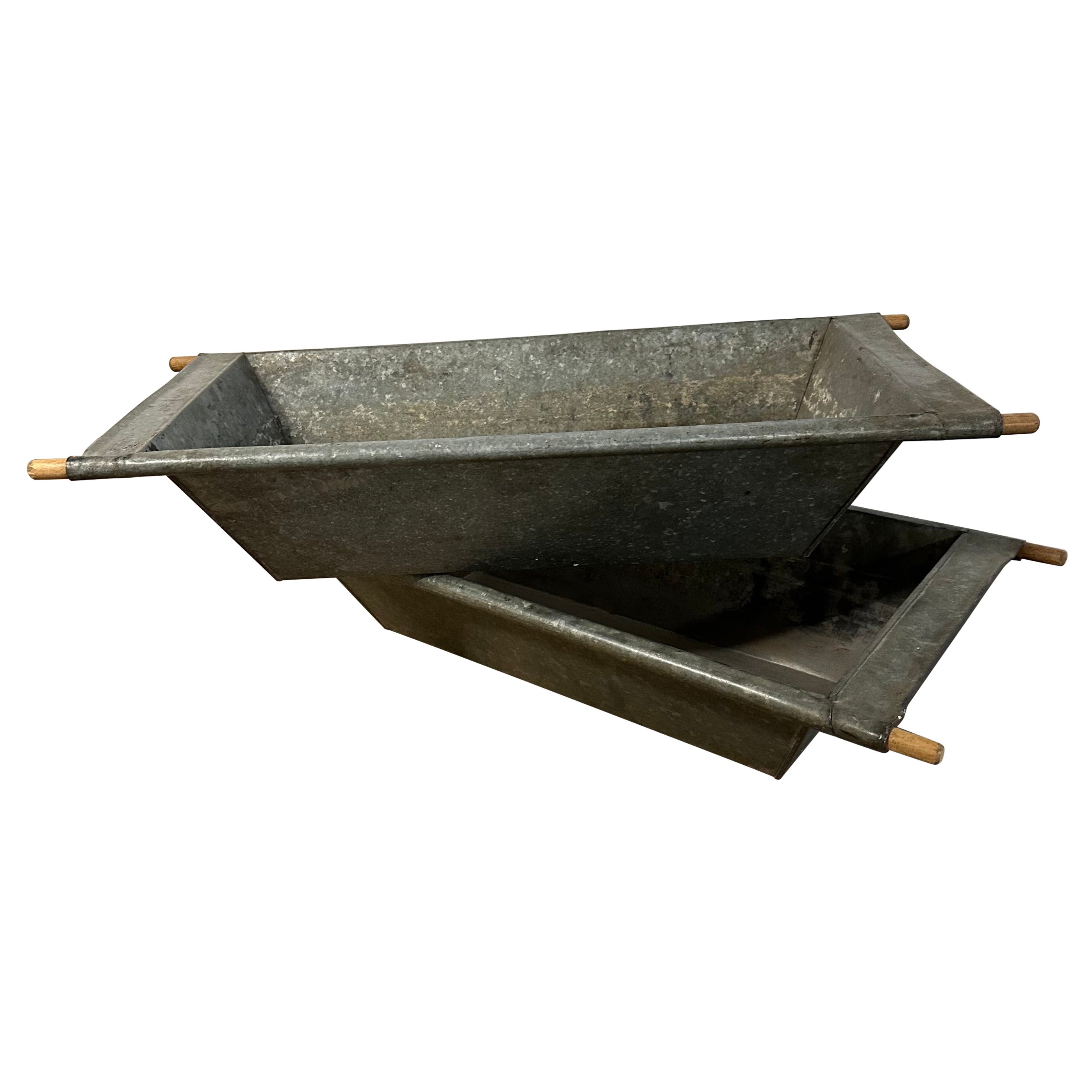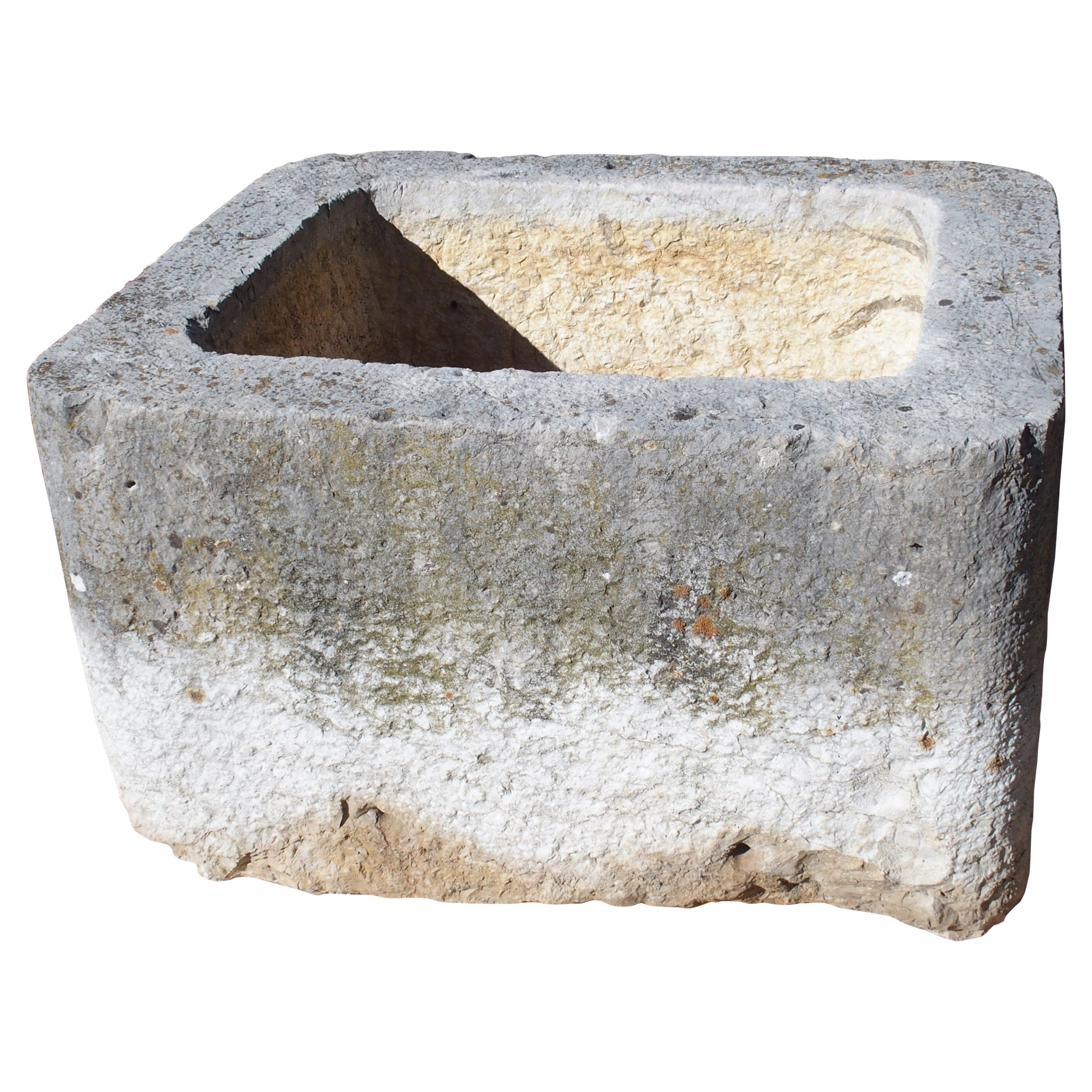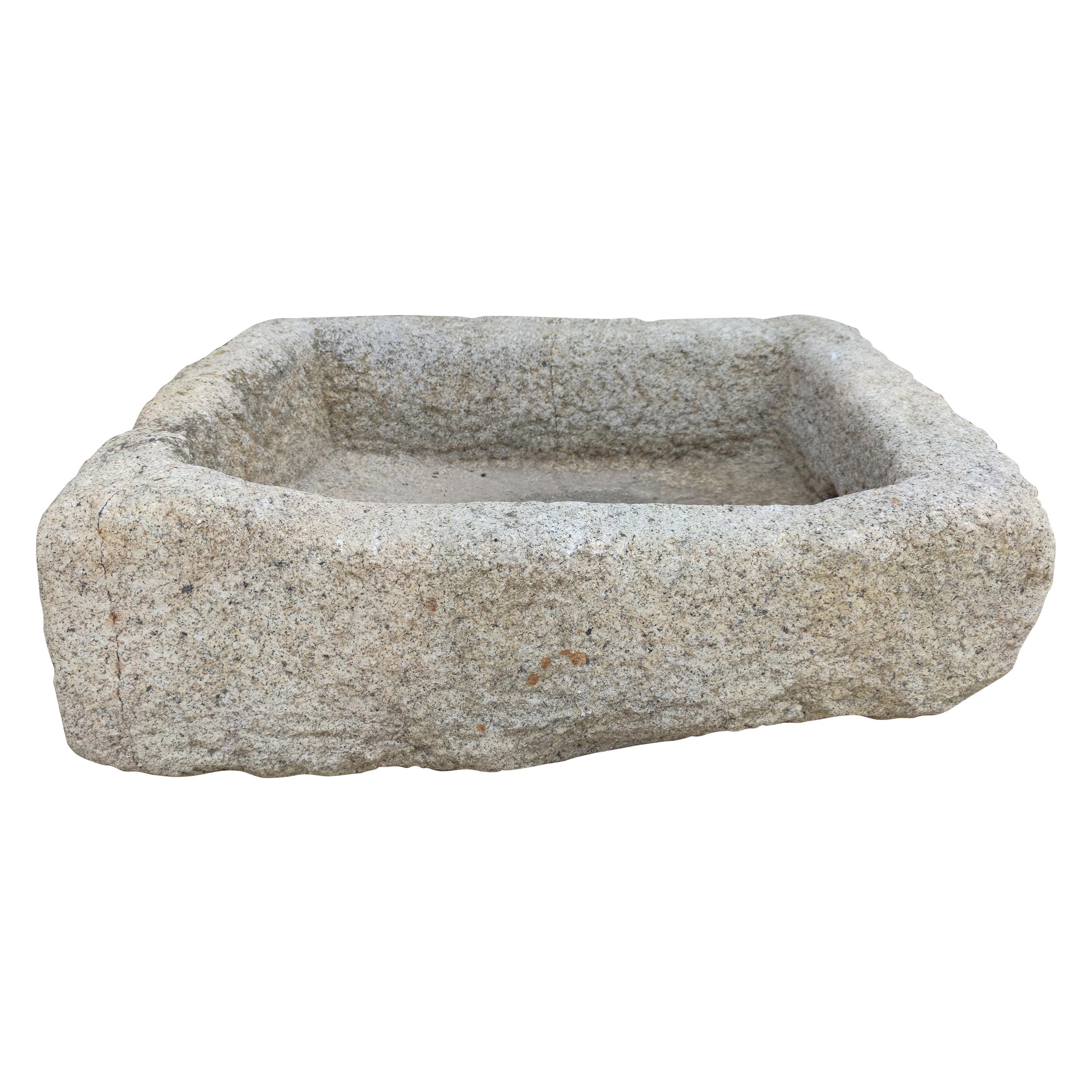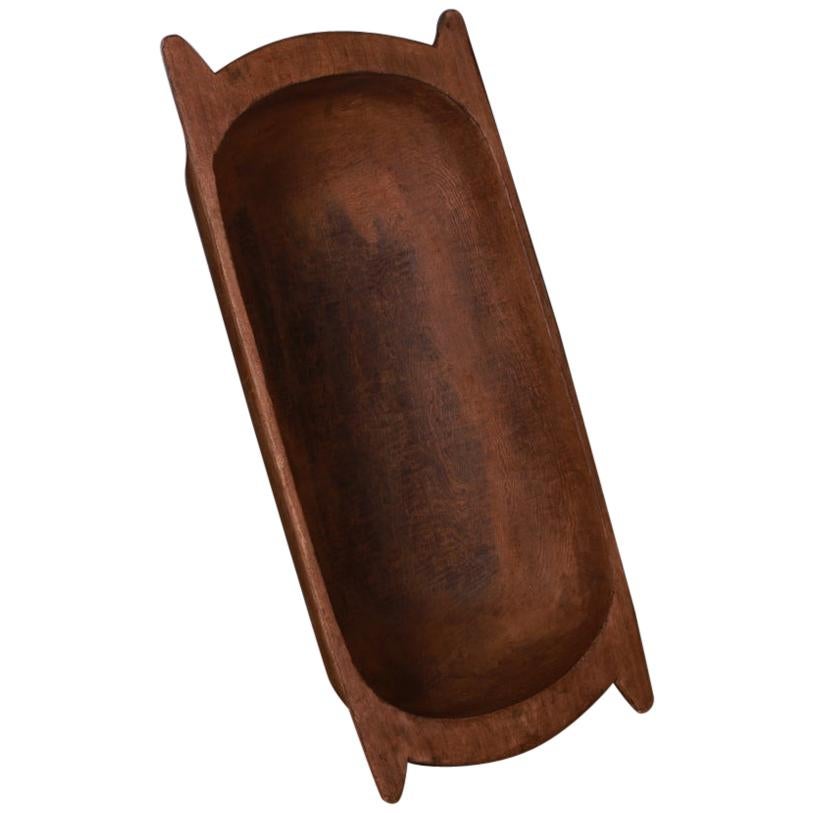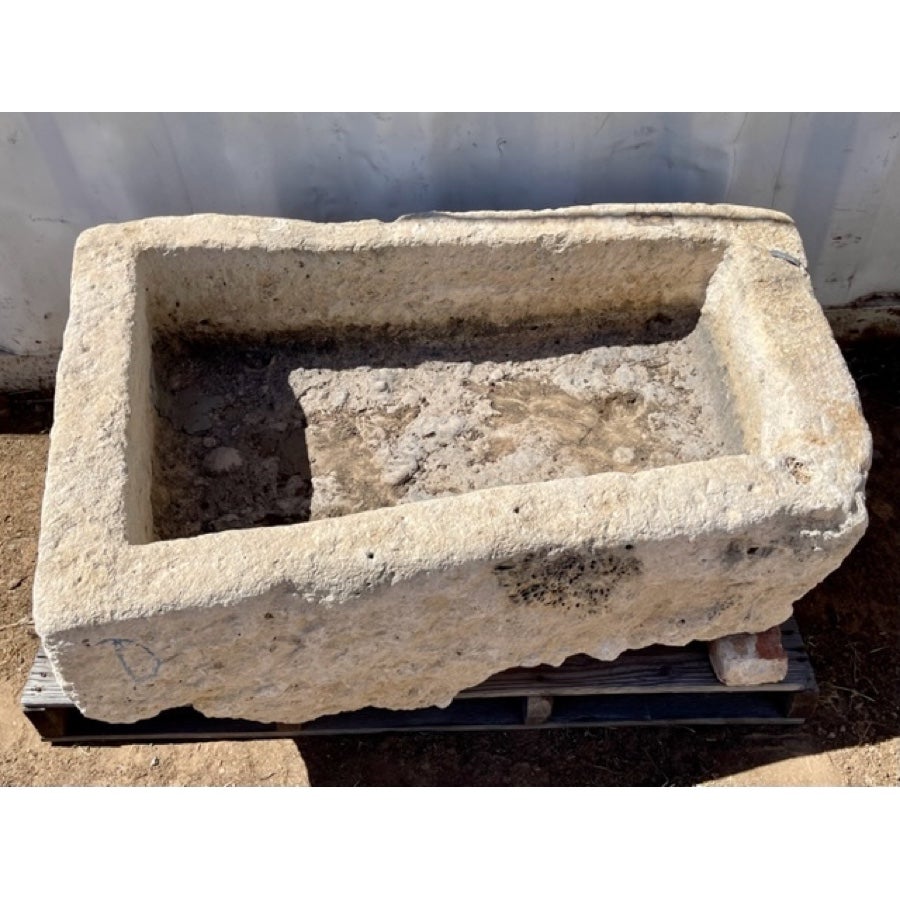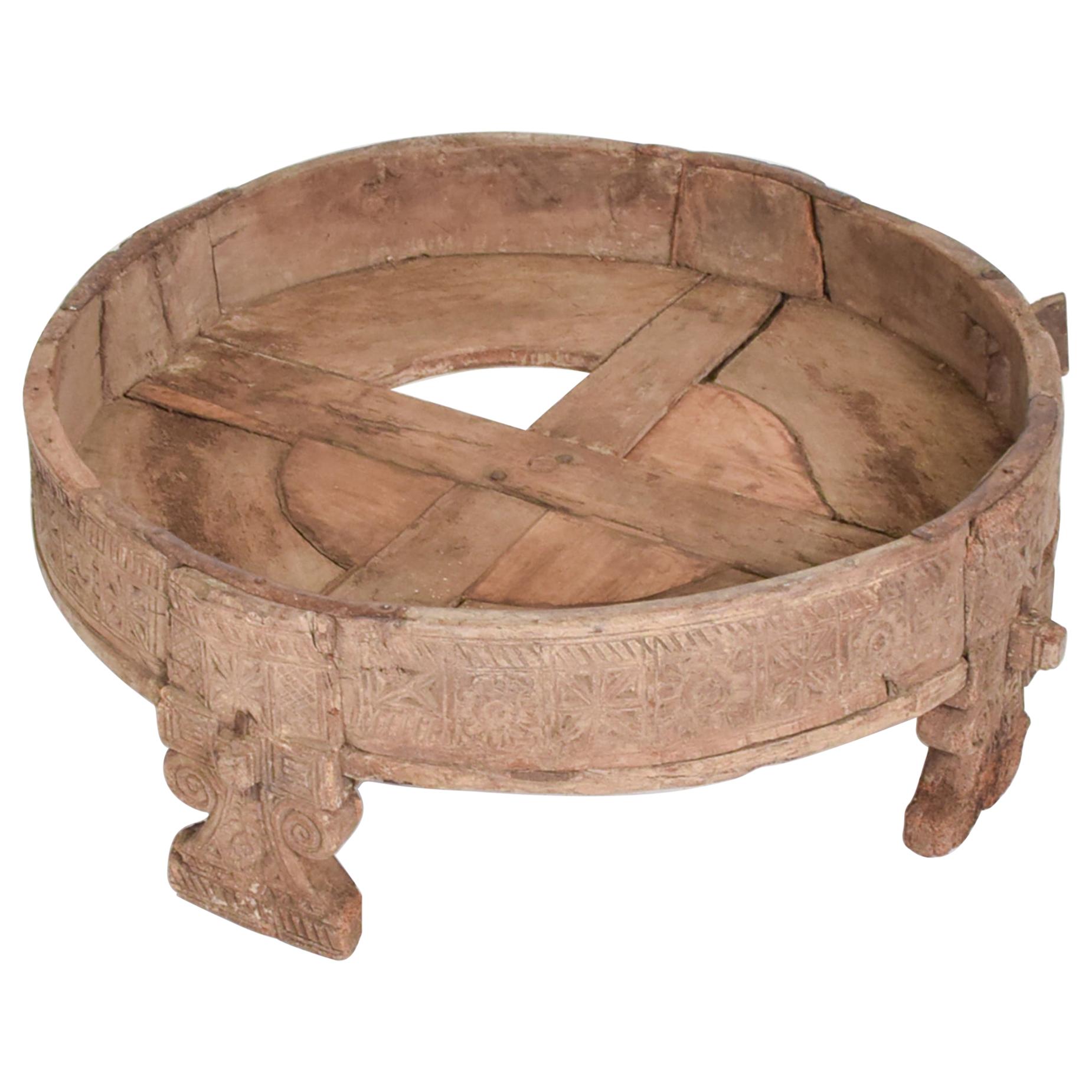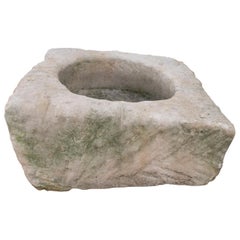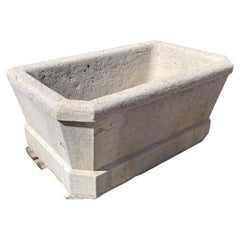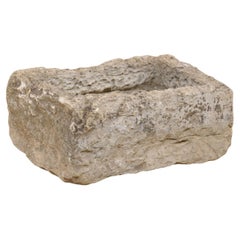
Carved Wood Trough
View Similar Items
1 of 10
Carved Wood Trough
About the Item
- Dimensions:Height: 13 in (33.02 cm)Width: 58 in (147.32 cm)Depth: 15 in (38.1 cm)
- Style:Rustic (In the Style Of)
- Materials and Techniques:
- Place of Origin:
- Period:
- Date of Manufacture:20th Century
- Condition:
- Seller Location:Chicago, IL
- Reference Number:1stDibs: U0902238488168
You May Also Like
- 19th Century Spanish Hand Carved Stone TroughLocated in Marbella, ES19th century Spanish hand carved stone trough.Category
Antique Mid-19th Century Spanish Garden Ornaments
MaterialsStone
- Stone TroughLocated in Scottsdale, AZStone Trough overall dimensions: APPROX - 47”W x 28”D x 22.25”H Beautiful texture and patina.Category
Antique 19th Century Belgian Fountains
MaterialsStone, Limestone
$7,900 - Spanish Carved-Stone Garden Trough, Early 20th CenturyLocated in Atlanta, GAA Spanish carved-stone trough from the early 20th century. This antique garden basin from Spain is rectangular in shape, which has been hand-carved out of...Category
Early 20th Century Spanish Planters and Jardinieres
MaterialsStone
- Antique Cast Rectangular Carved Trough Planter on Lion FeetLocated in Los Angeles, CAAntique Cast Stone planter with carving of Peacocks, tree's and symbols. Rests on two pedestals with lion heads. Rectangular trough shape ...Category
Early 20th Century French French Provincial Planters and Jardinieres
MaterialsCast Stone, Cement
$1,824 Sale Price20% Off - Large Galvanized Iron Troughs with Wood Handles, Sold SinglyLocated in Sheffield, MAThe two large troughs are made of galvanized iron and each has four wood handles. Wonderfully rustic country containers to hold wood kindling or fall boun...Category
Early 20th Century North American Country Planters and Jardinieres
MaterialsIron
- 19th Century French Square Carved Limestone Trough or SinkLocated in Dallas, TXStone troughs have been used to water livestock in rural Europe for many centuries so it’s often difficult to date them. However, it is known that they were replaced by cast iron models in the mid-19th century, placing the creation of this French limestone trough or sink most likely in the early- to mid-1800s. Hand-carved from one piece, the roughly rectangular stone with 3 ¼” thick walls has an interesting, striated palette, most likely indicating that the bottom of the trough was obscured from the elements. The top of the trough has a light gray appearance with areas of light green, orange, and black patina, while the lower section has a white hue with a continuation of the accumulation seen above. Two drainage holes on one side allow the trough to be used as a garden planter or the basin of a courtyard...Category
Antique 19th Century French Planters and Jardinieres
MaterialsStone, Limestone
